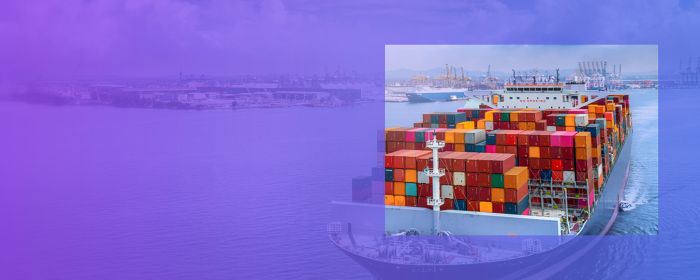The first session of the Customs Academy provides an introduction to indirect tax and supply chains by explaining how to deal with customs and VAT, pointing to several attention points and possible risks of operating complex supply chains in the European Union, and explaining some basic customs and VAT concepts.
Below you can find the key takeaways.
- Understand the impact of indirect tax on your supply chain
Ensure you have reviewed the supply chain to understand the impact of customs and VAT on the movement of goods and the indirect tax obligations. - Importing into the EU
Make sure the import VAT deduction is based on the taxable base mentioned on the import document, also reflecting the correct addressee. Cash-flow advantage through an import VAT deferral license. - VAT aspects of intra-EU trade
Don’t forget that movements of goods between EU Member States may entail foreign VAT registration and compliance obligations. Make sure you are aware of simplifications and special arrangements that can prevent unnecessary VAT registrations resulting from EU trade. - Exporting outside the EU
Be aware of who should act as exporter for customs and VAT purposes and make sure that the export declarations contain the correct data. Don’t forget that the VAT exemption for export can only be successfully invoked if a company keeps the necessary proof of exit.
Relive our Customs Academy
Customs Academy session I
Introduction customs & supply chain VAT
- Introduction to the KPMG Customs Academy
- Import of goods
- Export of goods
- Intra-EU trade
- Key takeaways
If you missed the first session or would like to revisit it, we invite you to watch the recording and download the slides.
Watch the recording
Please select your preferred topic(s) by clicking on the corresponding video(s). Should you have any further questions or comments, do not hesitate to reach out to our experts.




